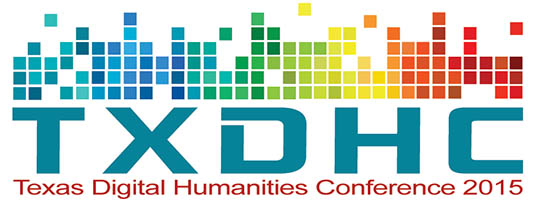Document Type
Presentation
Abstract
The study of design history supported by the methods of digital humanities scholarship provides an opportunity for designers to experience both history and research in a way that complements their strengths. My graphic design students suffer under the impression that history is too challenging and irrelevant to their making practice. Traditional history survey courses and texts make it difficult for hands-on, visual learners to connect with the material. While they might admire certain visual styles from the past, and even try to emulate those in their own design work, students remain less interested in the context surrounding design artifacts. Yet, without a nuanced understanding of how context shapes design, both past and present, my students miss a crucial component needed for making relevant work. Using methods from digital humanities, I engaged students in a blend of critical and creative activities, helped them take ownership of their learning, and introduced them to producing original scholarship in our field. In order to cultivate an awareness for context's roll in design, I developed a semester-long inquiry-based digital history project framed around the act of reading. Students were divided into groups around a specific context — design, culture, society, and technology — and looked for events, artifacts, theories, and texts that exhibited a relationship between their assigned context and reading in a specific era. After collecting and classifying evidence, students switched into groups that contained one student from each context and mapped out connections across contexts. As we moved to subsequent eras, students rotated to a new context where the iterative nature of design manifested itself through a repetition in the process. Throughout the semester, students used a variety of cloud-based collaboration tools to collect, curate, synthesize, and share the data. Students embraced the framework and delivered insightful perspectives on history. The project started a dialogue about incorporating this contextual-based research into their design process. Students practiced a framework to experience not just design, but information encountered across disciplines — a new way to look at the intersection of ideas, movements, historical events, and artifacts as being much more interconnected than on first glance.
Disciplines
Arts and Humanities | Digital Humanities
Publication Date
4-10-2015
Language
English
License

This work is licensed under a Creative Commons Attribution-NonCommercial-Share Alike 4.0 International License.
Recommended Citation
Garza, Kimberly, "Design History Meets Digital History: A Classroom Experiment" (2015). Texas Digital Humanities Conference 2015. 13.
https://mavmatrix.uta.edu/digitalhumanities_conf2015/13

